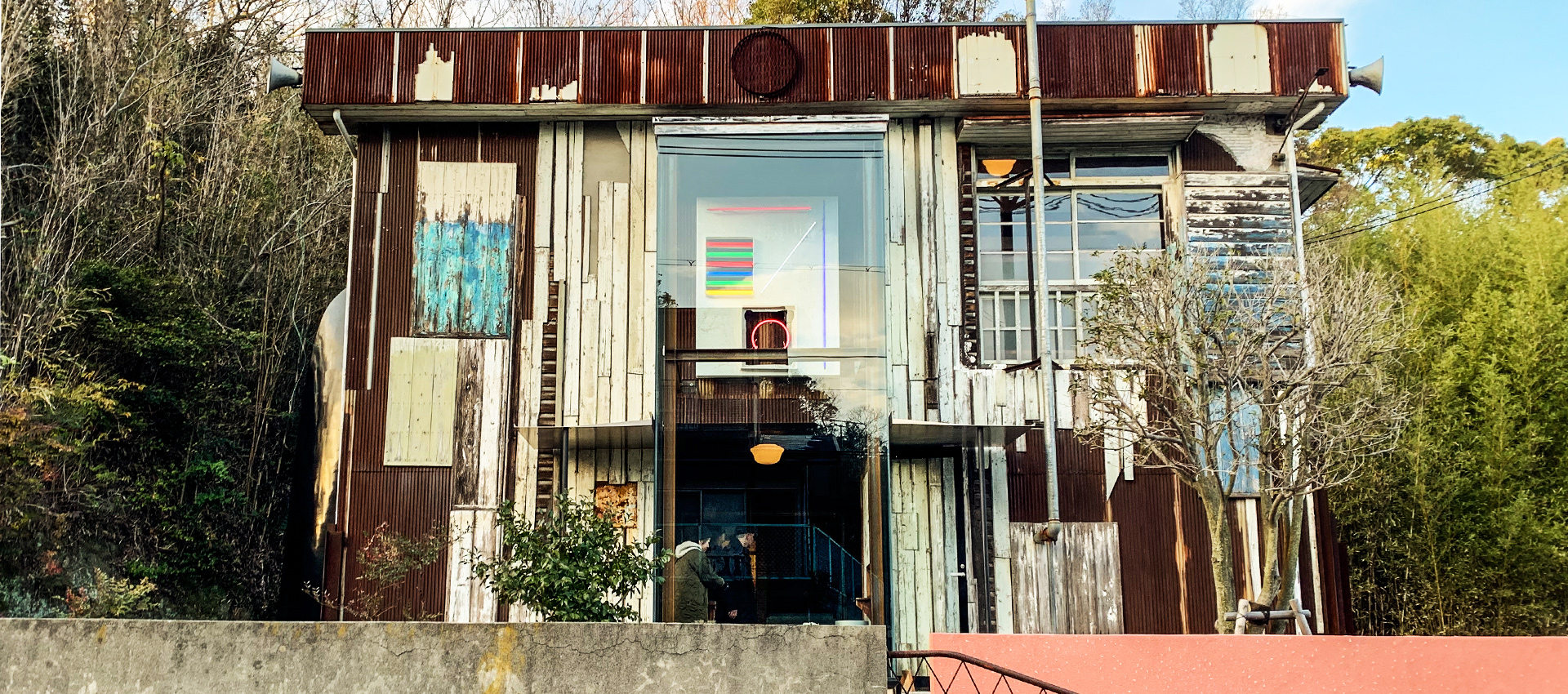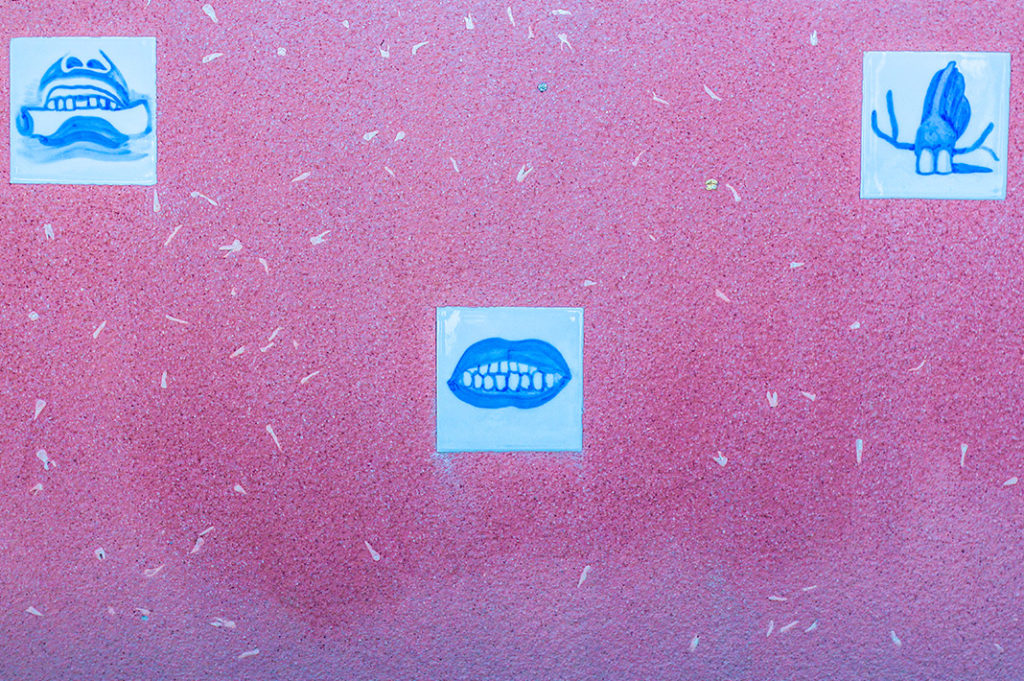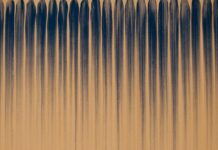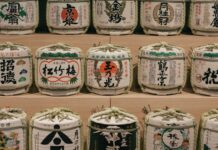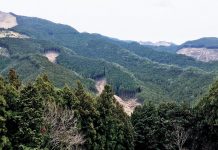It’s early winter in Honmura and the burnt cedar lining of the old homes shines in the morning light. This small village on Naoshima Island’s east coast has a history woven with fishing and salt production. Go back 500 years and you’ll even see a castle atop one of its seaside hills, the home of a feudal lord and local government. These days though, Honmura is all about art. Most notable, and the reason we’re here, is the ‘Art House Project’ which involves restoring old vacant homes and transforming them into works of art. Six sites, six artists, countless surprises.
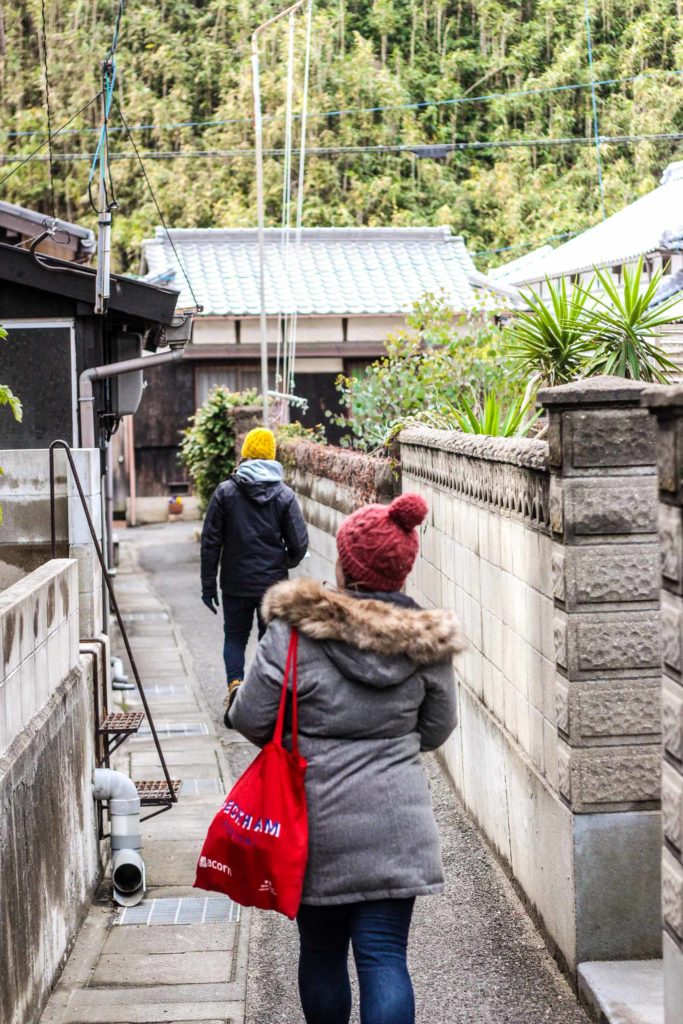
The Art House Project
The six transformed locations are dotted around the seaside village but unless you have a map, it may be hard to spot them. They mostly look just like any other structure so you could easily walk right by.
What you’ll want to do is to head to the Honmura Lounge & Archive information center for a map and tickets. At the time of our visit, a multi-site ticket cost ¥1,050 (free for people under 15) which gives you access to all six sites. Honmura is quite compact so it’s possible to tour them all in around 2 hours. However, if you don’t have the time or desire, you can alternatively buy tickets to individual sites for roughly ¥400 each.
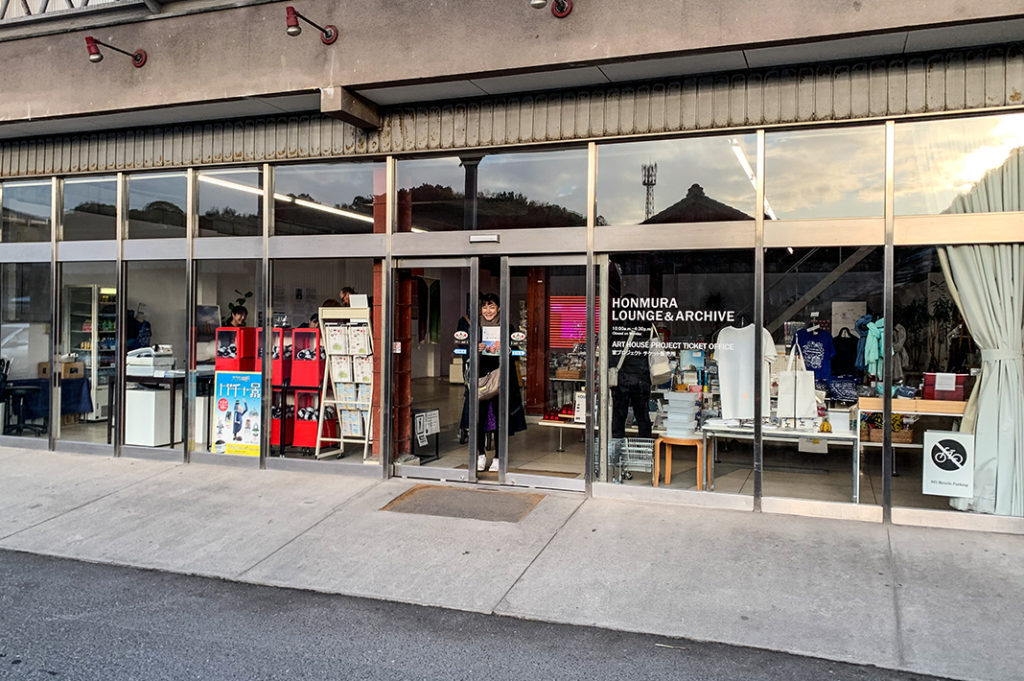
With the map in hand, you can view the sites in any order. Each location has staff members who will stamp your ticket, relay the rules and perhaps shed some light on the process or meaning behind the works. Naturally, one of the rules is ‘no photos inside’ so from here on, you’ll have to enjoy mostly exterior shots.
Ishibashi
Our first stop is the restored home of local salt making family, the Ishibashis. The house has been beautifully restored with the addition of dramatic landscape murals by artist Hiroshi Senju. Some can be viewed from the courtyard, but it’s also possible to wander the creaking halls of the house for a closer look. The highlight for me was a cavernous room with floor to ceiling waterfall murals on the surrounding walls.
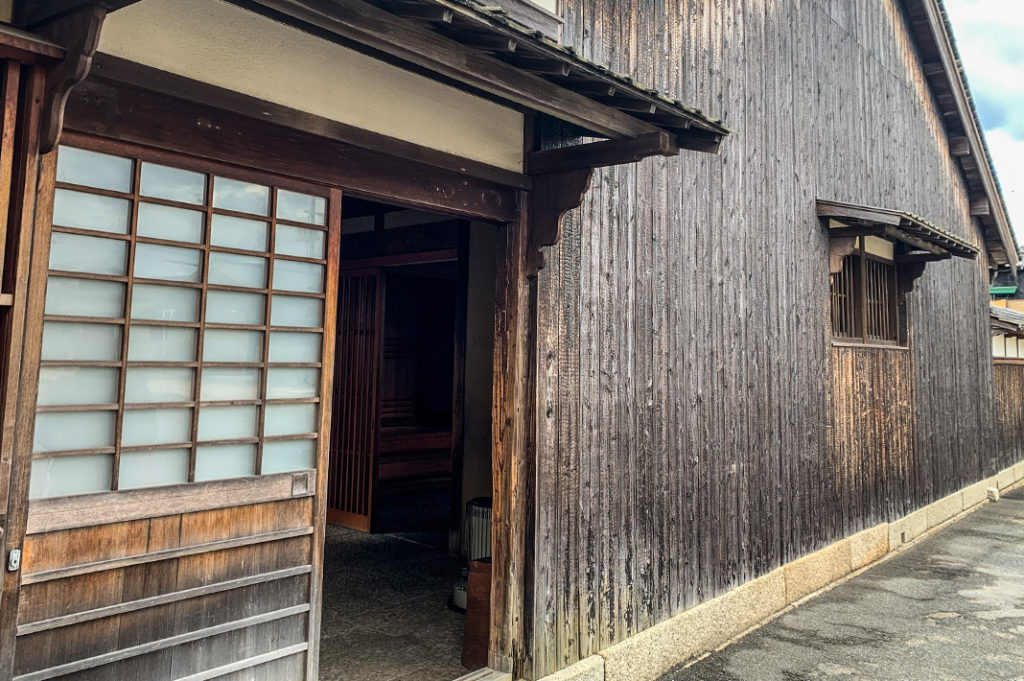
Haisha
This is the most outlandish looking of the sites and the second most confronting by a hair. The building was once the home and practice of a local dentist—haisha literally means ‘tooth doctor’. The hodge podge exterior gives some clue as to the works waiting inside. Artist Shinro Ohtake transformed the space into a ‘dreamscape’ of ship parts, scraps, collages, towering statues, neon and paint-scrawled walls. It is unsettling and unforgettable—I guess that makes it good art.

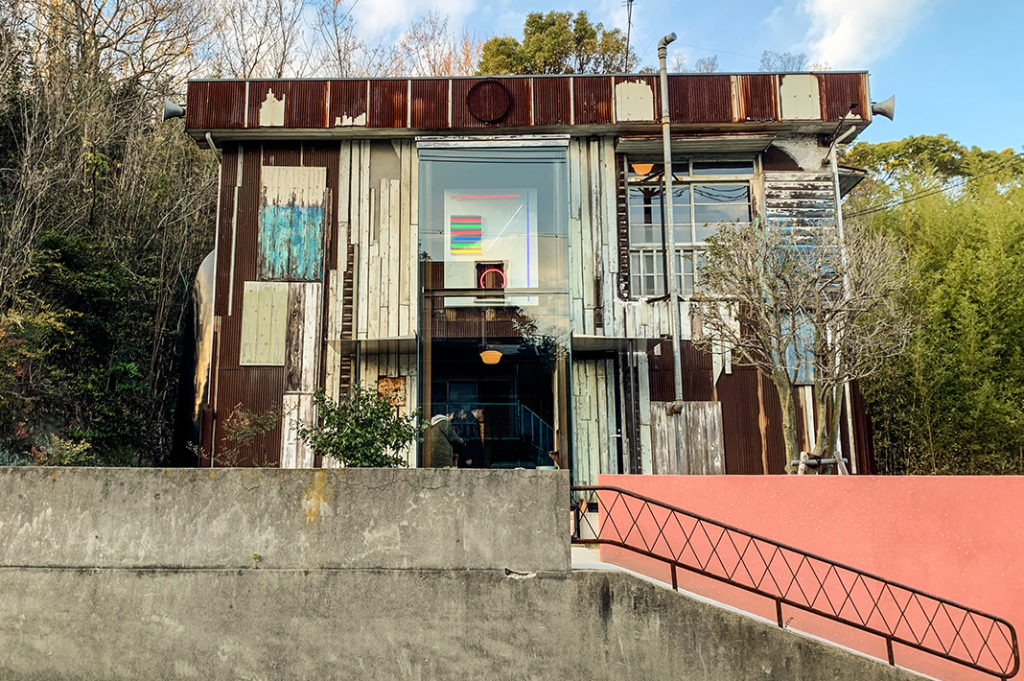
Gokaisho
This site was once a place where locals would come to play the board game ‘go’. The building’s exterior has shou sugi ban charred cedar lining, no windows and a single doorway in the center. It brings you into a pebbled courtyard featuring a camellia tree where you stand to observe the space. We were a little unsure of what exactly we were looking at until the attendant offered explanation. Without giving too much away, the artist, Yoshihiro Suda, plays with concepts of symmetry, contrast and reality versus replica. Take a moment to look at things through this lens and you’ll see.
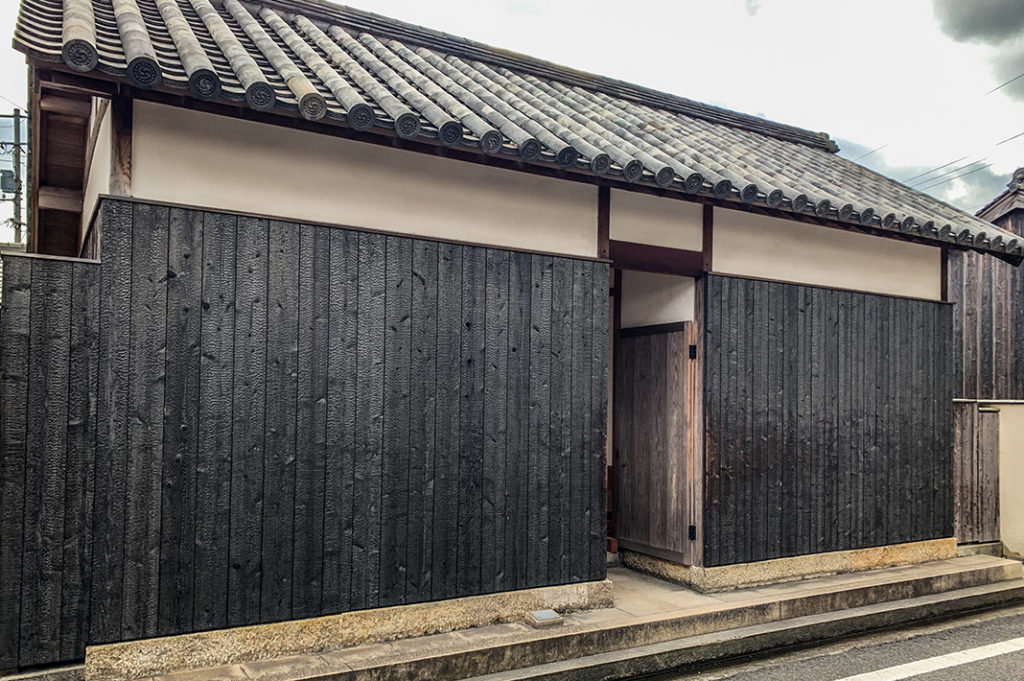
Kadoya
This restored 200 year old house was the first ever Art House Project site, created in 1998. Artist Tatsuo Miyajima worked with local residents on the piece “Sea of Time”— an indoor water feature containing submerged digital counters. Each resident involved set a counter to display numbers at their desired pace, resulting in a constellation of flashing numbers representing the flow of time.
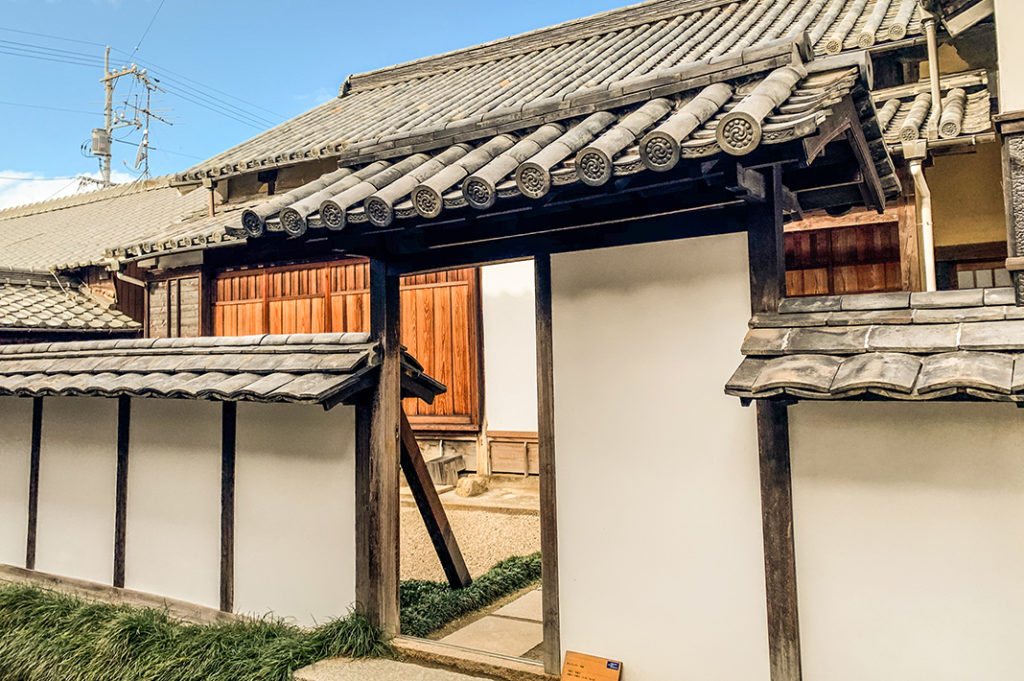
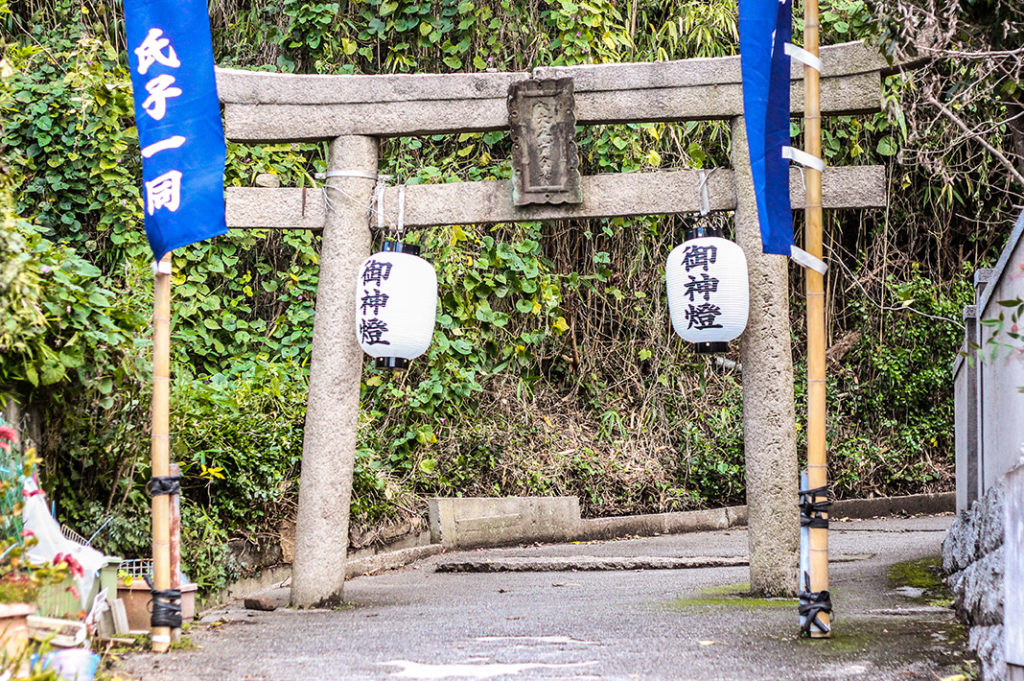
Go’o Shrine
We made our way uphill towards the main Honden of Go’o Shrine. Here we saw the mesmerising glass steps by Hiroshi Sugimoto.

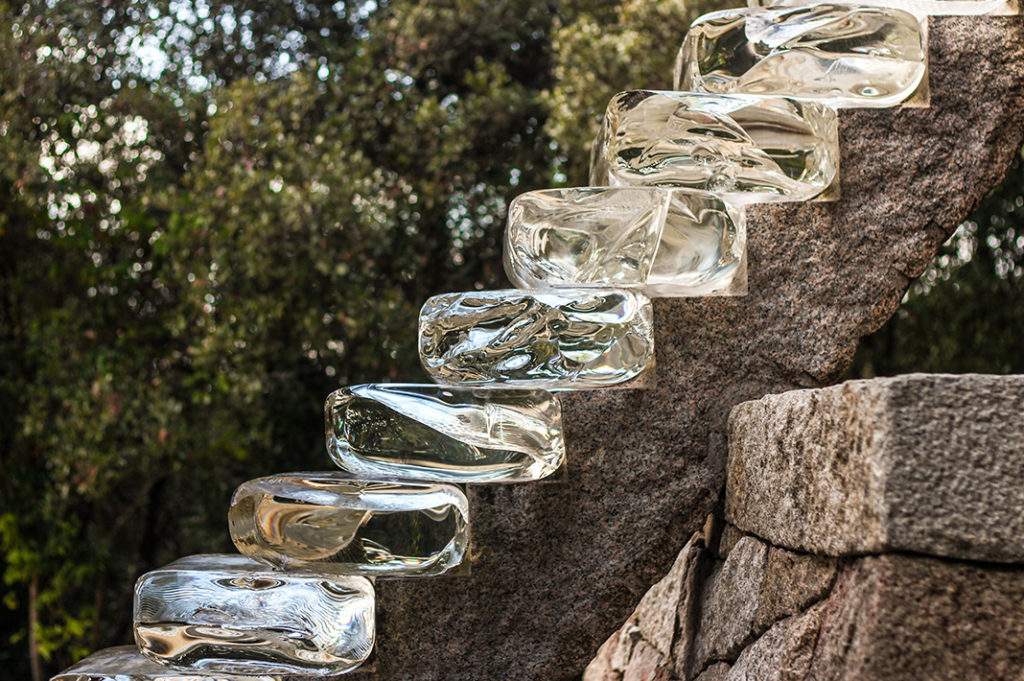
The steps descend into the ground; if you head to the attendant, they will set you up with a flashlight in order to explore the underground chamber where they finish. Or begin, depending on how you look at it.
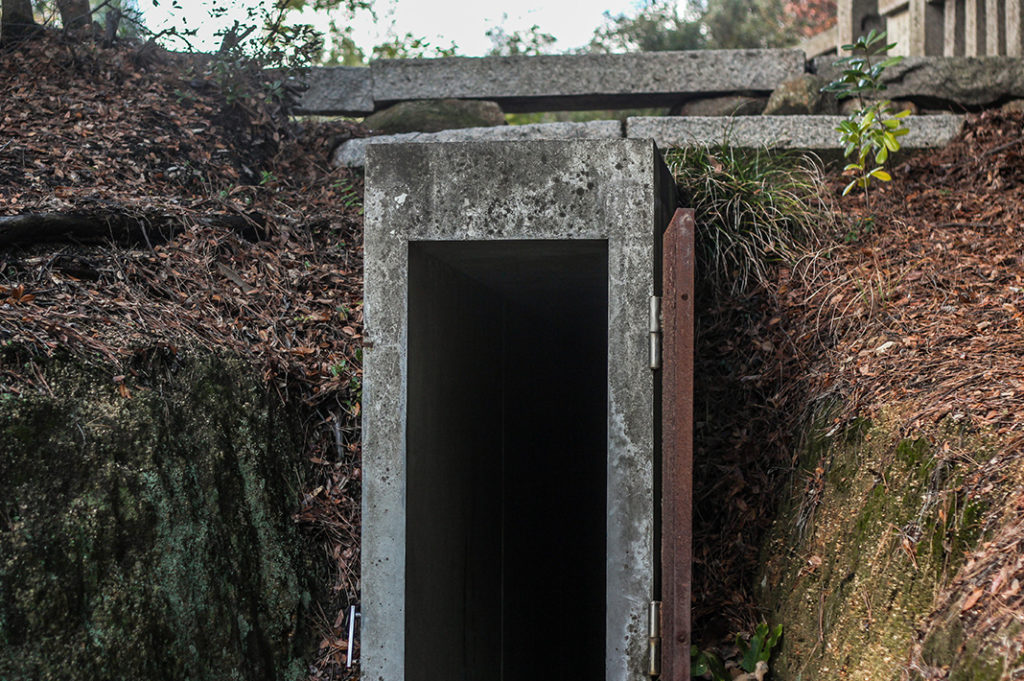
The underground section is meant to resemble a burial mound—certainly not everyone’s cup of tea, but I enjoyed it.

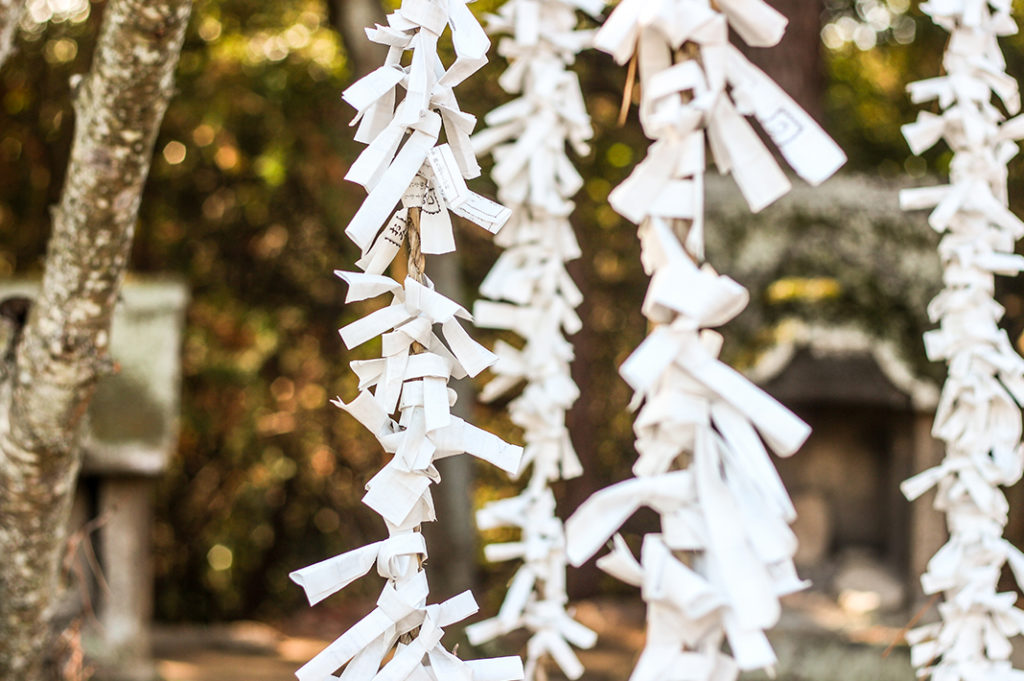
Minamidera
We inadvertently saved the best (in my opinion) for last. Having fallen in love with the work of James Turrell and Tadao Ando at Chichu Museum the previous day, we were excited for another of their collaborations. At Minamidera, you enter as a group and are guided into a dark room for an experience lasting 15 minutes. We arrived to a lady sitting outside in the sun, waiting for her family to emerge. She explained that she didn’t do well in dark, enclosed spaces but wished us luck as we made our way to the entrance, a little less excited and a little more scared.
Without giving too much away, I can say that it was a confronting, almost psychedelic experience which had my mind and eyes playing tricks on one another. I didn’t think I’d have a problem with the dark, but I found myself slowing my breathing, engaging in self-talk and reaching for my companions’ hands to make sure they were still there. If you’re into it, I highly recommend!
Things to know about the Art House Project
The Art Houses are closed on Mondays. Otherwise, it’s museum rules: no photography and no eating and drinking allowed inside, and don’t even think about touching the artworks or walls. If you buy the multi-site ticket, they stamp the map/ticket with a date meaning you are only able to attend the sites on that date and the following day. Guests of Benesse House hotel are the only people allowed re-entry to the sites. Shoes must be removed at three of the sites: Kadoya, Ishibashi and Haisha.
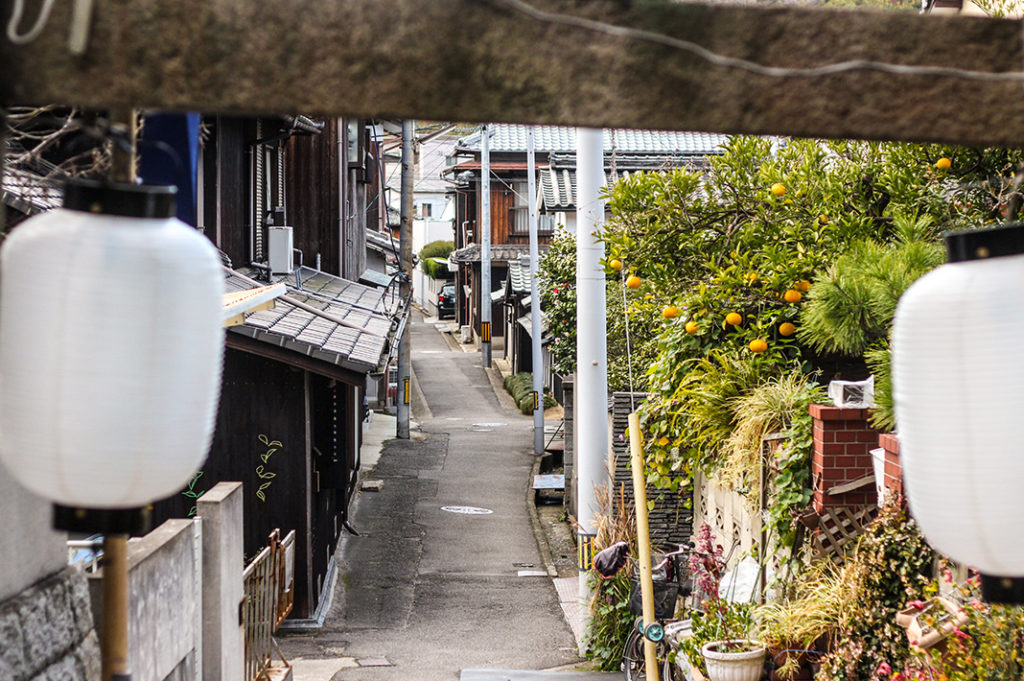
What else is in the area
Honmura is known for the Art House Project but there is plenty else to see. Another popular spot is the Ando museum which showcases the work of architect Tadao Ando. Around town, art is everywhere to be found, as outlined in this article.
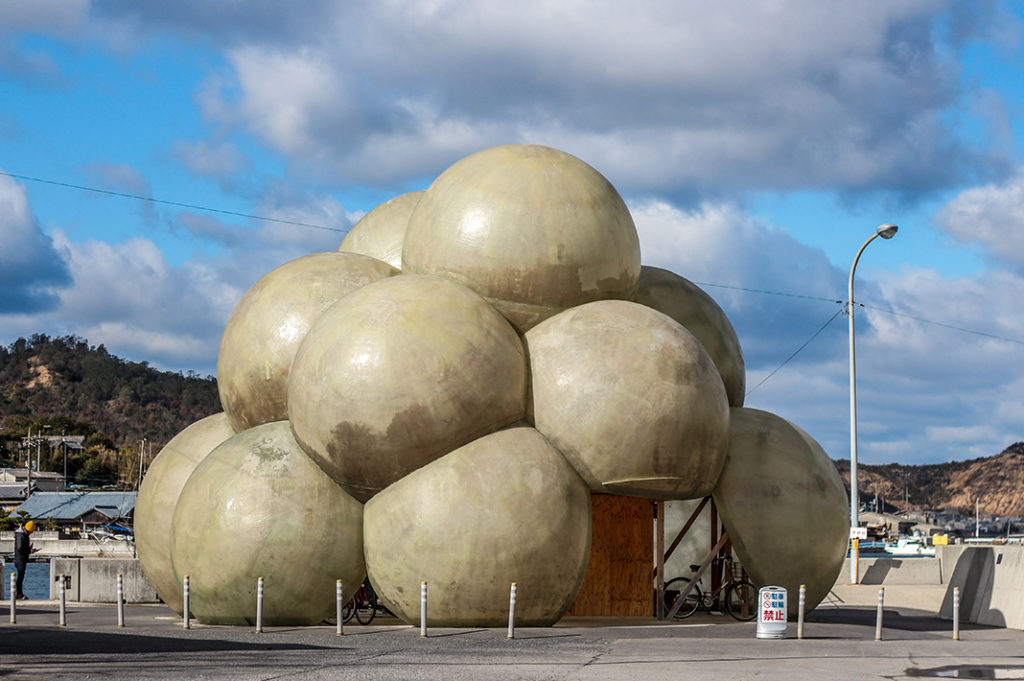
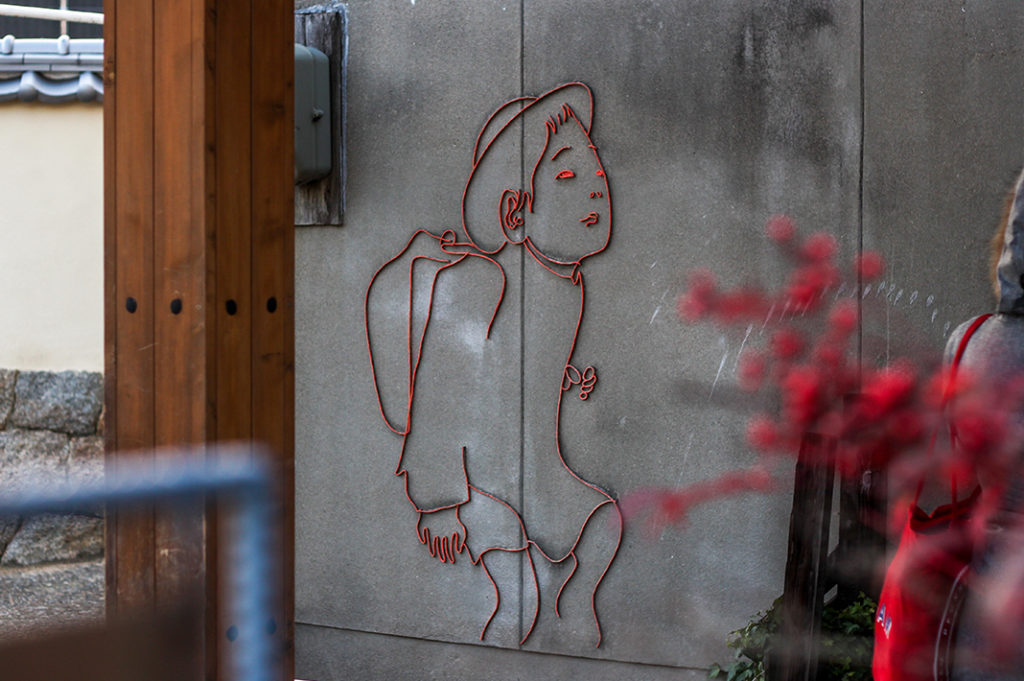
It may seem like a sleepy village, but Honmura’s got all the modern conveniences a traveller could need; places to stay, cafes and restaurants, ATMs and even a supermarket.
Getting to Honmura
We stayed at the Tsutsuji-so yurts so walked about 20 minutes along the road to get there. However, the island’s bus does a loop between Miyanoura Port and Tsutsuji-so, stopping at Honmura along the way. From Miyanoura Port, it takes 7 minutes by bus and costs ¥100 for adults and ¥50 for children (5–12). Buses depart sporadically, between 20 and 90 minutes apart depending on the time of day so check a timetable first. It’s possible to walk the route in half an hour. Other options include the local taxi or bike or car hire.
The Art House Project is a great way to delve deep into the neighbourhood and experience a wonderful blend of art, culture and history. Each site is wonderful and confronting in its own way; I’d encourage you to visit all six and see which one you love most!
Name: Art House Project
Honmura Lounge & Archive information center located here
Open: 10:00am–4:30pm (last entry 4:15pm) although the Go’o Shrine main Honden is open 24 hours.
Post by Japan Journeys.



